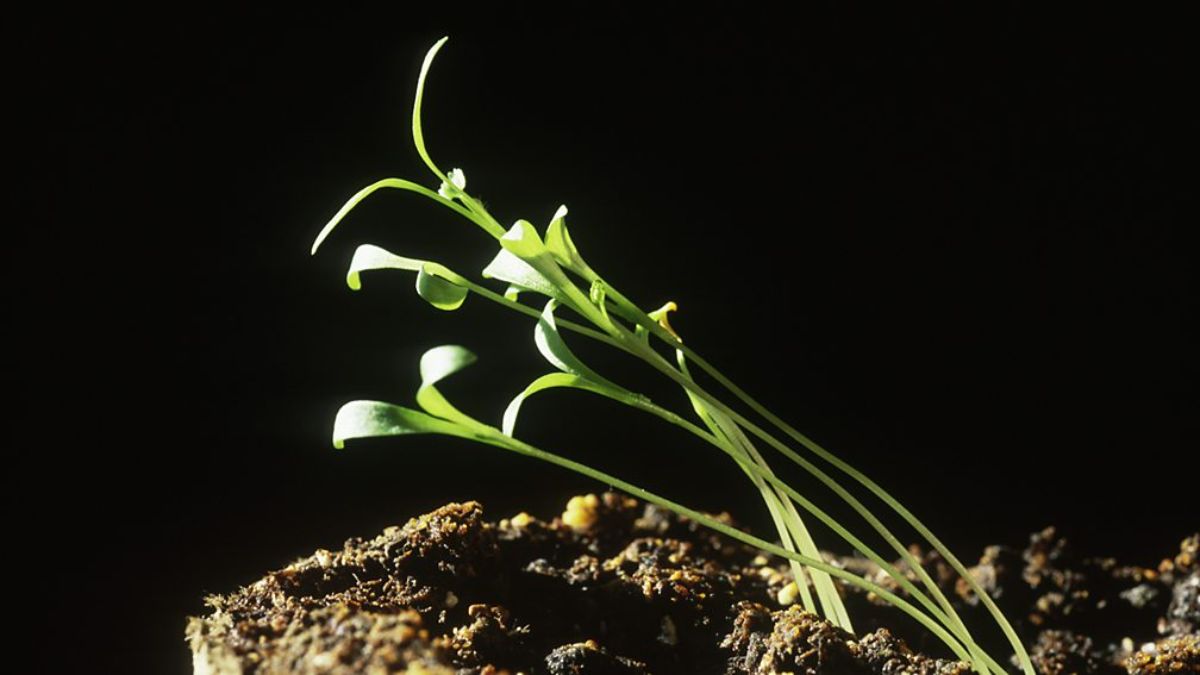What causes the color change, and why does it occur? Tomatoes that have not yet reached maturity and are green have a grainy texture and an unpleasant flavor. From our ancestral experiences, we know that tomatoes are not truly edible until they have turned red. The majority of edible fruits have bright colors that signal when they are ready to be consumed. But why are tomatoes first green and then red?
Leaves turning into fruit
Tomatoes begin their lives as green fruit and turn red as they ripen. Chlorophyll is the pigment that gives plants their characteristic green color. Because of the pigment, the plant is able to take in the life-giving rays of the sun. Following the acquisition of this energy, the tomato is then able to convert carbon dioxide into sugar and oxygen. The tomato fruit originates from the development of the green-colored carpels, which are located within the ovary. The green color of the newly formed fruit is caused by the fact that its constituent parts were once leaves.
The chlorophyll in the fruit body that develops from these leaves is preserved all the way up until the very last stage of the ripening process. Lycopene is a unique pigment that develops in tomatoes as they ripen, which is responsible for the tomatoes’ characteristic brilliant red color. Lycopene is a member of the carotenoid family, which is also responsible for the distinctive colors that are found in foods like carrots, bananas, and egg yolks.
A gaseous plant hormone, ethylene
In this particular instance, the signal for the change in color is provided by the plant’s increased ethylene production. The presence of this gas, which many plants use as a hormone, has the effect of hastening the maturation process. Peaches, apples, pears, bananas, and figs are some of the fruits that fall under this category. Also included are bananas. Ethylene has additional effects besides simply modifying the color. The cell walls of the fruit break down, which allows the entire thing to become flexible. In addition, the quantity of compounds that produce a bitter taste decreases, while the quantity of tastes that are less offensive increases.
Because of this hormone, tomatoes can be harvested while still green, and they will continue to ripen and turn red after being stored. When stored in the same environment as ripe apples, the ethylene in the apples speeds up the maturation process, causing the berries to turn red much more quickly than they would have otherwise. However, if there are too many tomatoes, they will rot and become overripe because of the abundance. It is not a fable that a single bad apple can ruin an entire haul of fruit and vegetables.
The use of the color red as a cautionary signal
Are there any advantages the tomato gets as a result of the change in color that occurs as it matures? Numerous plant species produce colorful fruits to attract various forms of wildlife. Fruits are consumed by animals for their nutritional value, but the seeds of the plant are typically expelled undigested. When the seeds are mature enough to sprout, only then do they provide any benefit to the plant. Because of this, the immature fruit that is still on the tree cannot be seen because of the dull green color. Due to their bitter taste, eating them is not a particularly appealing option.
However, when it is ready to be eaten, the tomato turns a brilliant red color, which both alerts you that it is ready to be consumed and also makes itself easier to find. Both animals and people attribute the meanings of “ripe,” “juicy,” “tasty,” and “edible” to the color red.






